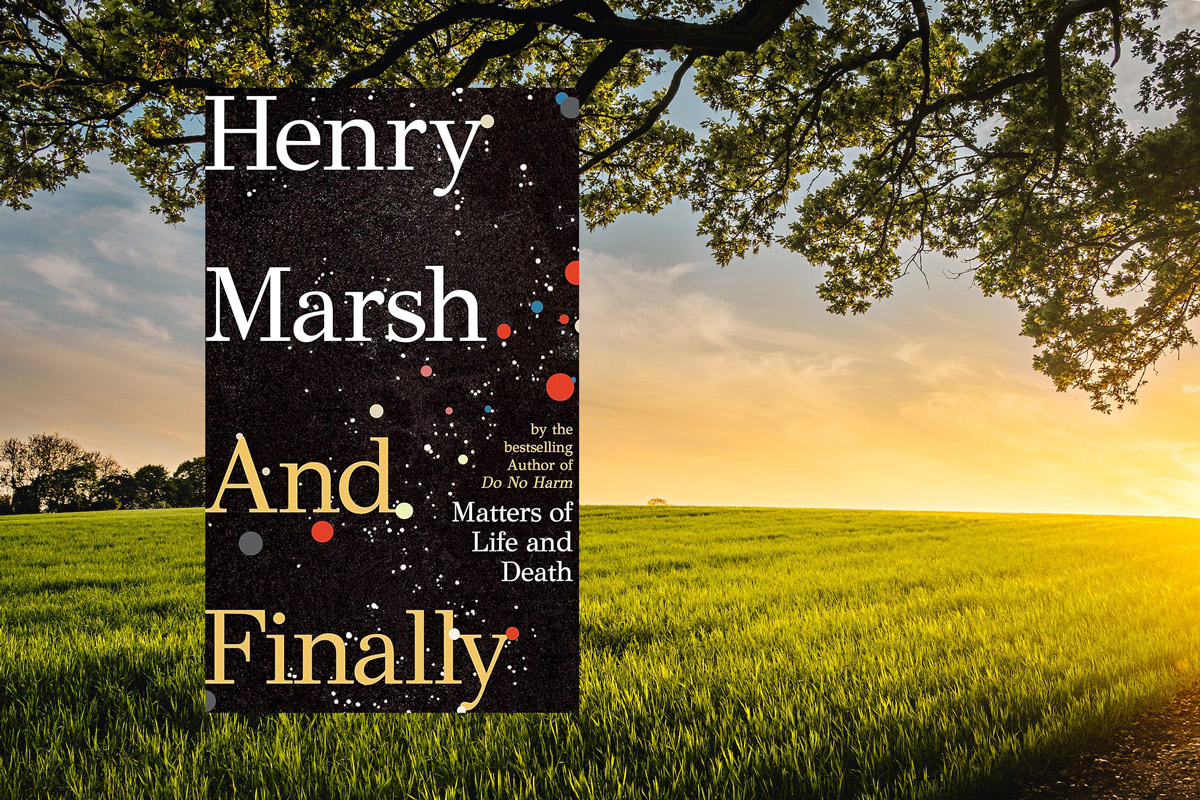
Recalled Experience of Death (RED) is the new terminology for an old phenomenon known as Near-Death Experience (NDE). Recently, researchers in the field of consciousness have decided to adopt RED due to its specificity. RED portrays more accurately the relationship between the non-functioning brain and consciousness than NDE, which has been extrapolated to report other human-altered states of consciousness, such as in meditation and psychedelic experiments. The controlled research settings for RED studies are people who have undergone a cardiac arrest. This potentially reversible clinical death state provides the best model to research RED.1 In clinical death, body and brain stem reflexes have vanished and within 15 seconds, the electroencephalogram (EEG) is flat-lined. If lifesaving techniques are not successful to revert this life-threatening situation, death is usually irreversible within five to ten minutes.2 In this context, RED is defined as “a specific cognitive and emotional experience that occurs during a period of loss of consciousness in relation to a life-threatening event, including cardiac arrest”.1
There is no physiological explanation to RED’s six stages
There are four prospective controlled studies documenting patients’ reports of enhanced state of consciousness during a period of clinical death. The Lancet study3 is the largest, allowing for statistical analysis of confounding factors, such as medications, metabolic and electrolyte disturbances, hypoxia and hypercarbia, duration of cardiopulmonary resuscitation (CPR), as well as patients’ belief, religion, gender and the like. There is no physiological explanation to RED’s six stages: (1) Perceived death and separation of the body (out-of-body experience – OBE); (2) Heading towards a destination (moving through a tunnel); (3) Reliving the recording of life that is educational (life review); (4) Being home again; (5) Returning back to life (entering the body); and (6) Reported effect after the experience, such loss of fear of death, seeking purpose and meaning in life.1
In the Aware Study,4 a 57-year-old survivor of cardiac arrest had an OBE that allowed him to describe with precision the health staff and activities during his resuscitation. He also reported the robotic voice of an automated external defibrillator (AED), which, according to AED algorithms correlates with up to three minutes of conscious awareness during CPR. Therefore, it occurred neither at the beginning of the cardiac arrest nor at the recovery phase, but at the deepest stage of non-functioning brain. His narrative was confirmed by his medical records. Despite the challenges to pin down the reality and meaning underlying RED, the studies on the subject make it impossible to deny the claims of awareness in relation to death.1
RED studies challenge the emergent theory and favour a transcendent understanding of human consciousness.
RED has philosophical and practical implications. For instance, Roger Neighbour5 applies the emergent theory to explain consciousness: “Take a neurone, nothing special in cellular terms; but connect enough of them up, and you have the human brain, and perhaps the most miraculous emergent property of all – consciousness. (p.257)”. Ian McWhinney6 explains human existence in a systemic multilevel hierarchy. Human’s higher capacities, which include consciousness, are “not found at lower levels. The higher cannot be derived from the lower. Biology cannot be fully explained in terms of Physics, or Psychology in terms of Biology. Each higher level includes the lower levels, but transcends them” (p. 80). RED studies challenge the emergent theory and favour a transcendent understanding of human consciousness.
RED defies the biological origin of consciousness and stimulates a paradigm shift aligned with quantum physics. According to Van Lommel,2 the brain has an interface function and not a producing one. The brain works as transceiver sending information captured by the sense organs to consciousness, and receiving information from consciousness. For Van Lommel, consciousness is a non-local field as compared to an electromagnetic wave coded with information, which requires a gadget to decode it such as a smartphone, a radio or a TV set. These devices can be destroyed but not the information itself and its source. Similarly, the death of the body would not imply the end of consciousness.
In general practice, RED studies could provide terminally ill patients with useful information at this critical life-cycle period. Some of the narratives brought by survivors of cardiac arrest may illuminate palliative care patients’ concerns and issues around death, for example: “I was surrounded by my deceased relatives. I was feeling so much joy and lightness from seeing them. I felt they were there to help me (p. 7).”1 Thus, RED studies could be included within a holistic-management palliative care that fosters a more comprehensive approach to life and consciousness.
References
- Parnia S, Post SG, Lee MT, et al. Guidelines and standards for the study of death and recalled experiences of death––a multidisciplinary consensus statement and proposed future directions. Ann N Y Acad Sci. 2022;1511(1):5-21. doi:10.1111/NYAS.14740
- van Lommel P. Consciousness Beyond Life: The Science of the Near-Death Experience. HarperCollins; 2010.
- van Lommel P, Van Wees R, Meyers V, Elfferich I. Near-death experience in survivors of cardiac arrest: a prospective study in the Netherlands. Lancet. 2001;358(9298):2039-2045. doi:10.1016/S0140-6736(01)07100-8
- Parnia S, Spearpoint K, de Vos G, et al. AWARE—AWAreness during REsuscitation—A prospective study. Resuscitation. 2014;85(12):1799-1805. doi:10.1016/J.RESUSCITATION.2014.09.004
- Neighbour R. The Inner Physician: Why and How to Practise “Big Picture Medicine.” London: Royal College of General Practitioners; 2016.
- McWhinney I, Freeman T. Textbook of Family Medicine. Oxford University Press; 2009.
Featured image by Dan Meyers on Unsplash








